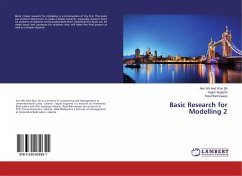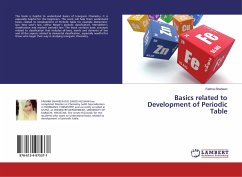Comparative modelling is the modern technique in Bioinformatics. With the increase in information about genome sequences, we need to use computational techniques to handle this huge amount of data. A key goal of structural biology is to predict the three dimensional structure from the sequence, a quest that has not yet been realized. In addition, protein modeling is the only way to obtain structural information if experimental techniques fail. Many proteins are simply too large for NMR analysis and cannot be crystallized for X-ray diffraction. This book describes the antifungal metabolites function, then the homology modeling using modeler, validation of these predicted models using different techniques like Ramachandran plots, Qmean plots. These models are also submitted in protein database and were assigned with accession numbers. Future investigations are also explained in this book which will help in understanding the worth of this technique.
Bitte wählen Sie Ihr Anliegen aus.
Rechnungen
Retourenschein anfordern
Bestellstatus
Storno








